HackerGadgets
Keyboards & Input Devices
HackerGadgets
Keyboards & Input Devices
Pi-Cast KVM is a portable, open-source KVM-over-IP device built around the Raspberry Pi CM4. It allows you to manage servers and workstations remotely, no matter what operating system they happen to be running. In fact, it works even if your target systems have not yet had an OS installed, are failing to boot into the OS they do have, require pre-OS maintenance like BIOS configuration, or are physically powered down.
Pi-Cast KVM is a life saver for system administrators, security engineers, hardware support staff, and other IT professionals looking to save time, energy, and money by reducing the frequency of on-site visits. It’s also a powerful tool for DIY enthusiasts who need an efficient, convenient, low-cost way to manage their devices. With Pi-Cast KVM, you can restart target systems, install BIOS updates, and troubleshoot other low-level issues, all through a web browser.
In short, if you’re looking for a flexible, scalable, affordable solution for remote administration, we invite you to have a look at the products on offer below.
Pi-Cast KVM can manage most servers, desktops, and laptops regardless of their operating system. In fact, you can use Pi-Cast KVM to operate any device that outputs through HDMI and receives input from a keyboard and mouse. That might include single-board computers (SBCs), mini PCs, stick PCs, and other unusual form factors.
Pi-Cast stands out from traditional software-based remote-administration solutions that only permit access after the target system has fully booted. It provides low-level control that supports comprehensive management regardless of the device’s current state. You can modify BIOS and UEFI settings, reinstall operating systems, and even toggle your target’s physical power state.
The traditional way of connecting your host computer directly to a CM4—without a router, a switch, or Wi-Fi support—is to expose the CM4’s OTG-enabled USB port as an RNDIS-compatible network card. This approach allows the CM4 to simulate network access from your computer to a web-based user interface, but it occupies a crucial port that we need for one of Pi-Cast KVM’s most useful features, USB device emulation, which is how input signals like keyboard events and mouse movements are conveyed to your target systems. (It also lets you emulate mass-storage devices, CD-ROM drives, and other such USB accessories.)
Another solution is to expose the CM4 as a Wi-Fi access point so it can serve a web-based user interface to connected host computers. This only works for CM4 models with wireless support, however, and is vulnerable to RF interference and other issues.
None of these compromises apply to Pi-Cast KVM, which allows you to connect, through USB 3.0 gigabit ethernet, to a CM4 without Wi-Fi support. This approach leaves your OTG-enabled USB port free for the all-important task of device emulation.
All of our enclosures provide mounting holes for attaching external antennas, which significantly enhance RF performance when using Wi-Fi-equipped CM4s. The three enclosure designed to hold our USB 3.0 & M.2 B-Key module also provide mounting holes for attaching a 4G LTE antenna.
The CM4 is prone to overheating when pushed to its limits. This can degrade performance due to thermal throttling. To address this issue, each pre-assembled Pi-Cast KVM device includes a PWM-controlled fan, and some include a custom aluminum heat sink as well. Our Ethernet/ATX/Console HAT and Dual-ATX Multiport Switch boards come with a pre-installed fan, which precisely regulates temperature to help maintain optimal performance.
Our CNC-machined heat sink is for products that do not include either of those two modules. It makes direct contact with component-free portions of the CM4 PCB to ensure efficient heat dissipation. A 1-mm thermal silicone pad further aids thermal management by connecting the heat sink to critical components like the CPU, RAM, EMMC, ethernet PHY, PMIC, and wireless module. The heat sink also includes a PWM-controlled fan to maximizing cooling.
Pi-Cast KVM products that include our Ethernet/ATX/Console HAT or Dual-ATX Multiport Switch modules provide support for 802.3af Power Over Ethernet (PoE), which can transmit up to 13 watts using the same ethernet cable that carries your network traffic. That’s plenty for KVM scenarios, with some left over to power additional devices, such as USB flash drives.
| 1 → USB Ethernet & Power | 7 → HDMI Capture Port | 13 → TC358743G CSI-2 Output |
| 2 → Main Power (takes priority) | 8 → 40-pin GPIO Header | 14 → PCIe FPC Connector |
| 3 → Ethernet & USB for HAT Expansion board | 9 → LCD Header | 15 → DIP Config Switch |
| 4 → CM4 HDMI0 | 10 → USB 3.0 Ethernet Activity LED | 16 → Pi-Boot Button |
| 5 → CM4 HDMI1 | 11 → CM4 Activity LED | 17 → TF Card Slot for CM4 Lite |
| 6 → USB Device Emulation Port | 12 → CM4 Power LED | 18 → CM4 Module Connector |
If you are deploying Pi-Cast KVM in a data center, server room, or rack, you might want a way to connect to it through a regular RJ45 port. Thanks to the Ethernet/ATX/Console HAT’s onboard signal multiplexer, all you have to do is flip a DIP switch to route the CM4’s gigabit ethernet signal between the device’s onboard USB 3.0 ethernet chipset and its RJ45 port.
To make Pi-Cast even more flexible, we have also manufactured a USB 3.0 board with an M.2 B-Key as one of its USB 3.0 interfaces. By inserting an LTE/5G card into that M.2 interface, you can give your Pi-Cast access to mobile data! This module also provides three USB 3.0 Type-A ports for connecting flash drives and other such devices.
Many of you have asked, on the PiKVM Reddit forum, about multiport switching for ATX control signals. Our Dual-ATX Multiport Switch makes this possible. It’s a two-port KVM switch that not only handles HDMI and USB signals, but ATX signals as well. You have three options for controlling the switch: via GPIO, using the EZCOO-compatible USB serial-port control protocol, or by pressing a button located on the top of the enclosure.
Given the ongoing Raspberry Pi shortage, sourcing CM4s can be a challenge, and assembling hardware was already a lengthy, painstaking process even without supply-chain issues. To streamline this experience, we designed six fully assembled products that make setup a breeze. Each pre-assembled Pi-Cast KVM includes all key components: the core Pi-Cast KVM board, a CM4 (P/N CM4002000), appropriate thermal-dissipation technology, and an enclosure. Cables are sold separately.
In addition to the basic model, we offer three upgraded versions, each of which includes one of our three expansion modules—the Ethernet/ATX/Console HAT, the USB 3.0 & M.2 B-Key Module, or the Dual-ATX Multiport Switch—tucked neatly into a custom enclosure alongside the Pi-Cast KVM board itself. For maximum flexibility, we offer two additional products: one that adds USB 3.0 & M.2 B-Key functionality to the Ethernet/ATX/Console HAT variant, and one that does the same for the Dual-ATX Multiport Switch variant.
Finally, we’ve applied a bit of a crowdfunding discount to all pre-assembled products. This is our way of saving you time, money, and hassle while making sure you get everything you need. (But keep in mind that prices will increase after the end of the campaign!)
| Pi-Cast | PiKVM v4 Plus | PiKVM v4 Mini | PiKVM v3 HAT | TinyPilot KVM | BliKVM HAT | BliKVM CM4 | BliKVM PCIe | |
|---|---|---|---|---|---|---|---|---|
| Support Board | CM4 (and 4B or Zero 2W with adapter) | CM4 | CM4 | 4B | 4B | 4B | CM4 | CM4 |
| ATX Power Control | Yes | Yes | Yes | Yes | No | Yes | Yes | Yes |
| USB Device Emulation | Yes | Yes | Yes | Yes | Yes | Yes | Yes | Yes |
| USB Insertion & Removal Emulation | Yes | Yes | Yes | Yes | No | No | No | No |
| Frame Rate | 1080p @ 60 Hz or 1920x1200 @ 60 Hz | 1080p @ 60 Hz or 1920x1200 @ 60 Hz | 1080p @ 60 Hz or 1920x1200 @ 60 Hz | 1080p @ 50 Hz | 1080p @ 50 Hz | 1080p @ 50 Hz | 1080p @ 50 Hz | 1080p @ 60 Hz |
| OLED Display | Yes | Yes | Yes | Additional cost | No | Yes | Yes | Yes |
| USB 3.0 Gigabit Ethernet | Yes | No | No | No | No | No | No | No |
| 4G/LTE Roaming | Yes | Yes | No | No | No | No | No | No |
| Open Hardware | Schematic available | No | No | No | No | No | No | No |
| Size | 8.8 x 5.7 x 1.5 cm | Unknown | Unknown | 8.9 x 8.9 x 5.1 cm | 9.1 x 6.1 x 4.4 cm | 9.7 x 6.7 x 2.5 cm | 12 x 7 x 2.3 cm | Unknown |
While the PiKVM software is open source, most hardware for it is not. We would like to contribute to PiKVM maintainability, hackability, and transparency, so we will publish the schematics for Pi-Cast KVM and its various add-on boards, as well as the firmware for our Pi-Cast KVM Dual-ATX Multiport Switch board. We will also publish the symbols and footprint of our Pi-Cast Ethernet/ATX/Console HAT so you can design your own HAT for Pi-Cast KVM!
You will find all of the above files in our GitHub repository once our campaign has reached its funding goal. We will host all support files, including our user manual and OS images, on our website.
Once our campaign has successfully funded, we will initiate a production run of 100 units for each pledge level, with the first batch anticipated to take around three or four months for manufacturing and testing. Subsequently, the factory will be able to produce and test 200 units every two months. All orders will be fulfilled following this production timeline.
All products will be shipped to Crowd Supply’s warehouse, from which they will be distributed to backers all around the globe. For additional details on ordering, payment, and shipping, please consult this helpful guide.
The hardware and software designs for this project are already complete, and we have conducted trial production runs to minimize risks. Nevertheless, hardware designs might undergo changes for the purpose of optimization. Like any manufacturing project, unforeseen delays could occur due to component shortages. Rest assured, we are committed to transparency. In case of any setbacks, we will promptly update you on the project’s status and take immediate steps to address and resolve any issues that arise.
"A true networked KVM like this one [is] indespensible..."
"These are really impressive pieces of kit!"
"[The Pi-Cast] has a magical little port!"
"[Pi-Cast] is powered by PiKVM, an open-source IP-KVM solution, and allows you to control and manage other devices remotely regardless of the operating system or even if one isn’t installed."
"Pi-Cast features USB3 gigabit Ethernet between the Pi-Cast and your laptop, HDMI input, USB gadget emulation, and a number of accessory hats are available to add ATX power control and a slot for an LTE modem."
Produced by HackerGadgets in Guangzhou, China.
Sold and shipped by Crowd Supply.

A pocket-sized version of Pi-Cast for on-the-move diagnostics. Provides support for HDMI capture and USB simulation. Does not support ATX power control. Comes pre-assembled with CM4 (P/N CM4002000), heat sink, fan, and enclosure. Includes a USB 3.0 Type-C cable, a USB Type-A to Type-C cable, and an HDMI cable

Get the full PiKVM experience, including ATX power control, RJ45 Ethernet, a Cisco-style console port, and a USB serial port. Comes pre-assembled with CM4 (P/N CM4002000), fan, and enclosure. Includes an ATX control board for your PC motherboard

Provides three USB 3.0 Type-A ports and an M.2 B-Key interface for an LTE/5G mobile-data card. Comes pre-assembled with CM4 (P/N CM4002000), heat sink, fan, and enclosure.

Switches HDMI, USB, and ATX power signals between two PCs. Comes pre-assembled with CM4 (P/N CM4002000), fan, and enclosure. Includes two ATX control boards for PC motherboards.

All the functionality of our Ethernet/ATX/Console HAT and our USB 3.0& M.2 B-Key Module. Get the full PiKVM experience—including ATX power control, RJ45 Ethernet, a Cisco-style console port, and a USB serial port—along with three USB 3.0 Type-A ports and an M.2 B-Key interface for an LTE/5G mobile-data card. Comes pre-assembled with CM4 (P/N CM4002000), fan, and enclosure. Includes an ATX control board for your PC motherboard

All the functionality of our Dual-ATX Multiport Switch and our USB 3.0 & M.2 B-Key Module. Toggles HDMI, USB, and ATX power signals between two PCs while providing support for three USB 3.0 Type-A ports and an M.2 B-Key interface for an LTE/5G mobile-data card. Comes pre-assembled with CM4 (P/N CM4002000), fan, and enclosure. Includes two ATX control boards for PC motherboards
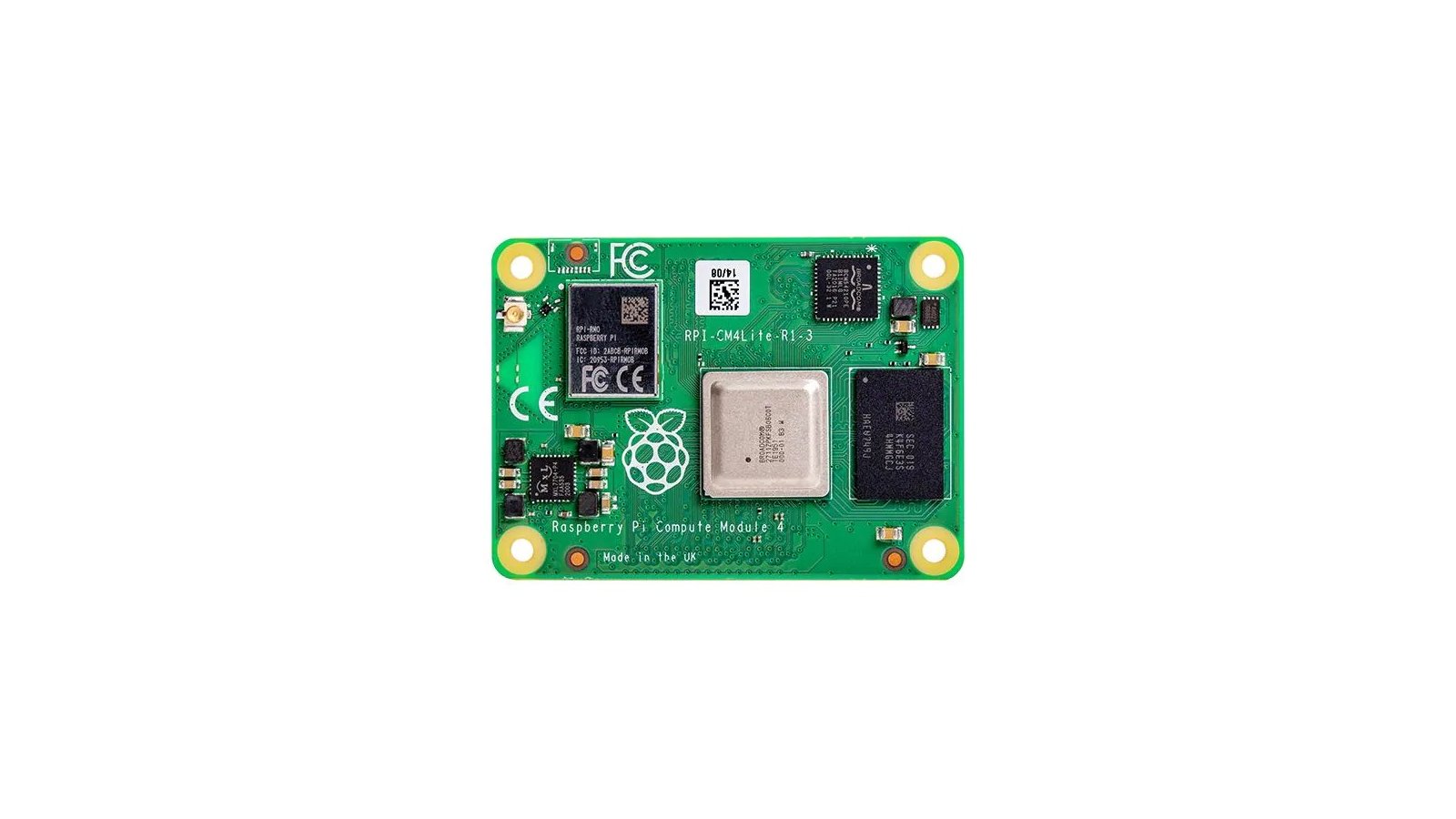
From the Raspberry Pi Compute Module 4 project.
This CM4102000 variant of the Raspberry Pi Compute Module 4 is a System on Module (SoM) containing an ARM quad-core Cortex-A72 processor, 2 GB RAM, ethernet, 2.4 and 5 GHz 802.11b/g/n/ac Wi-Fi, and supporting power circuitry. Does not include eMMC storage.
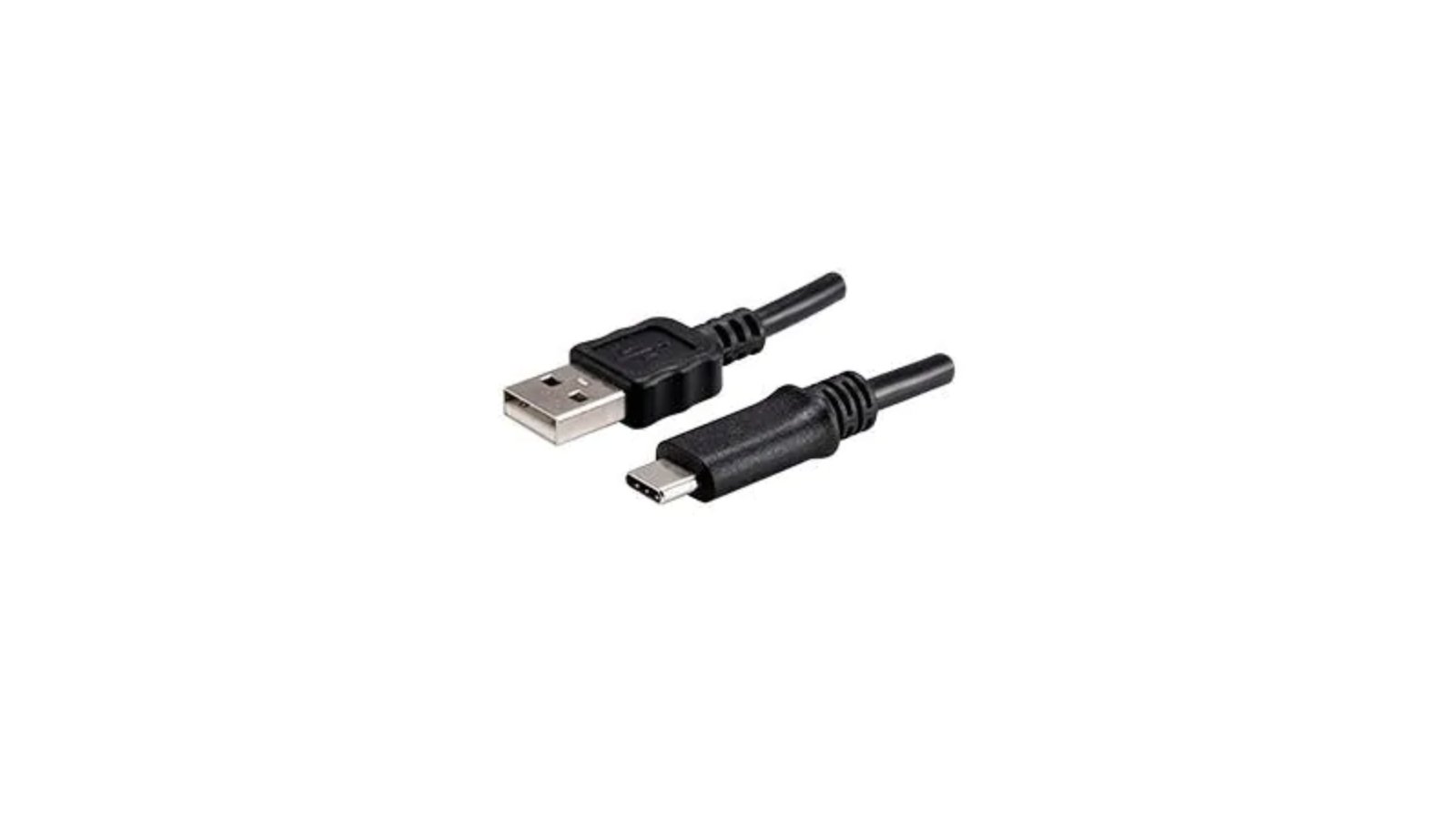
From the Crowd Supply Basics project.
USB Cable, 1 m, Type A 2.0 to Type C 2.0, 28 AWG, PVC, Black
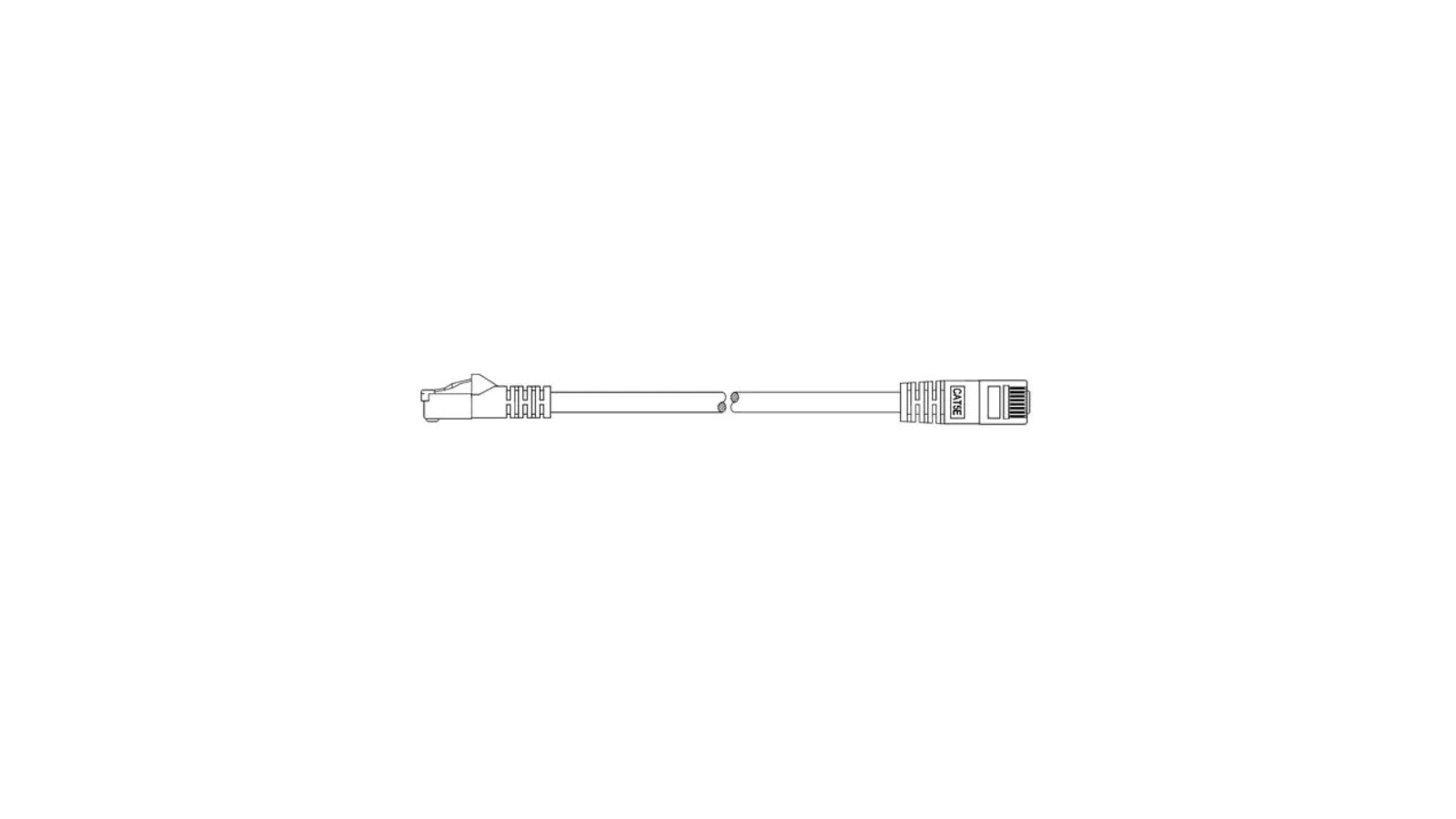
From the Crowd Supply Basics project.
A one-meter CAT5E shielded Ethernet cable with a wire gauge of 24 AWG and RJ45 plugs on both ends.
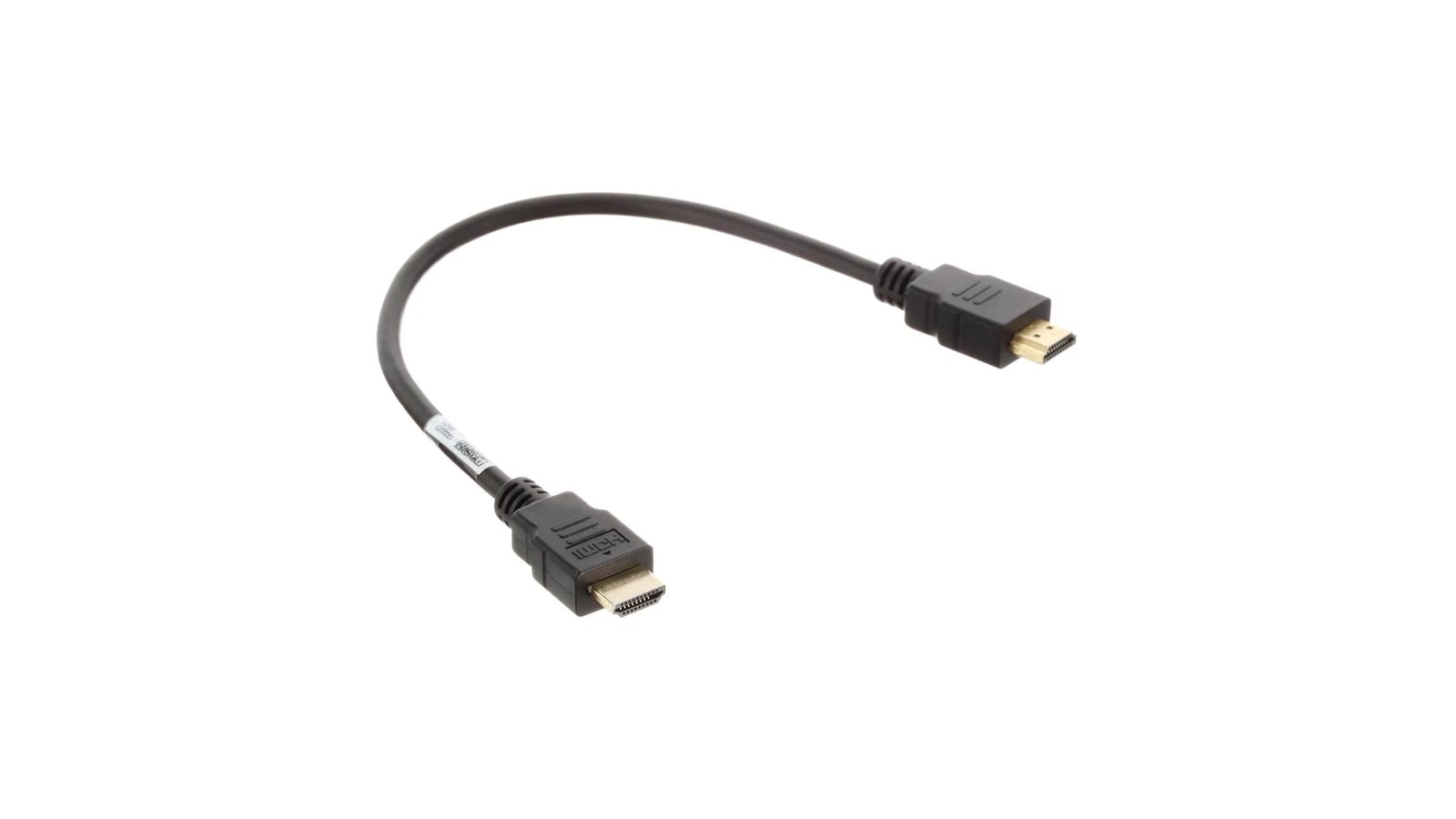
From the Crowd Supply Basics project.
HDMI cable ( 0.3 m)
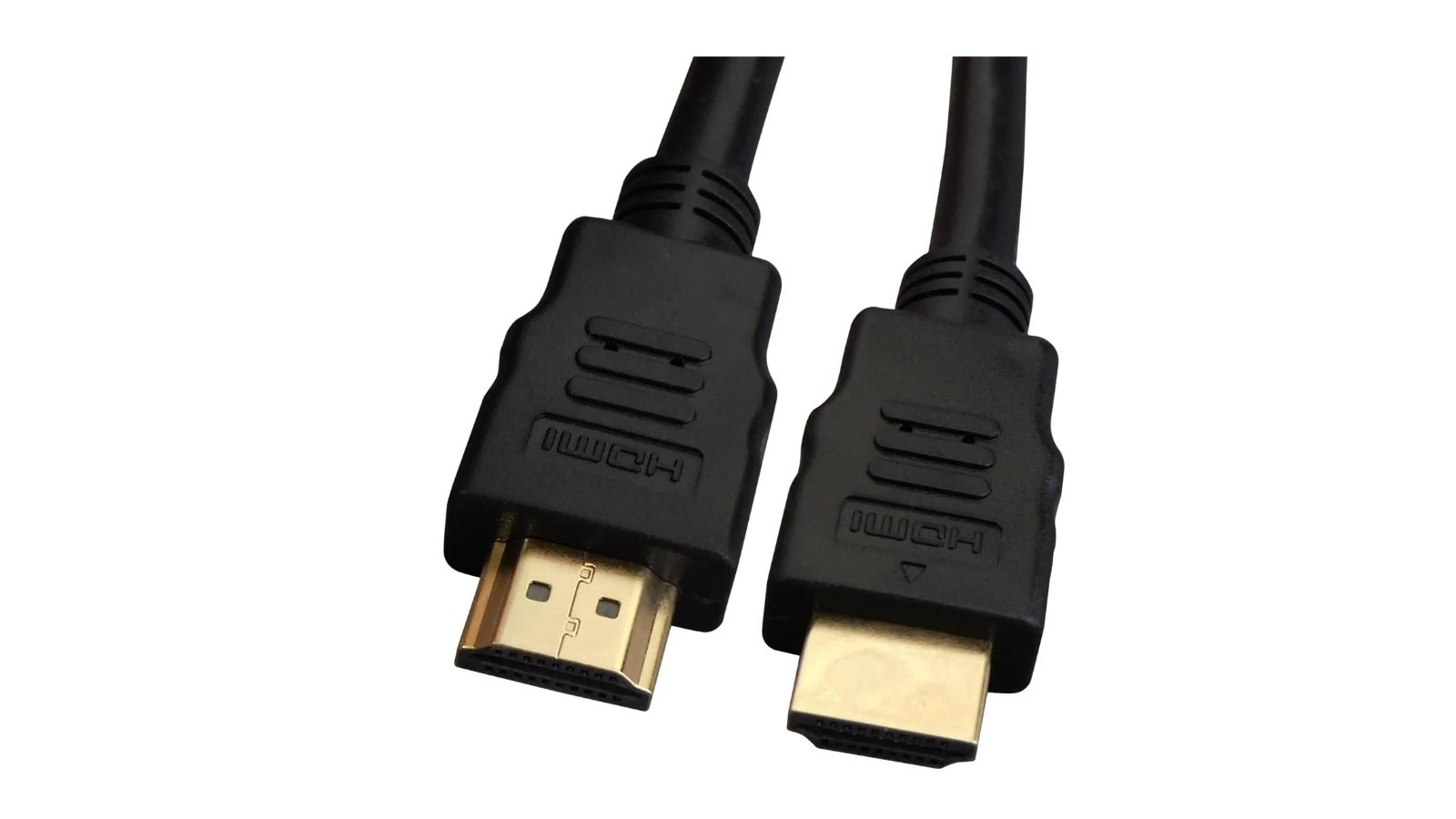
From the Crowd Supply Basics project.
HDMI cable (3 ft) with support for high-speed HDMI Ethernet
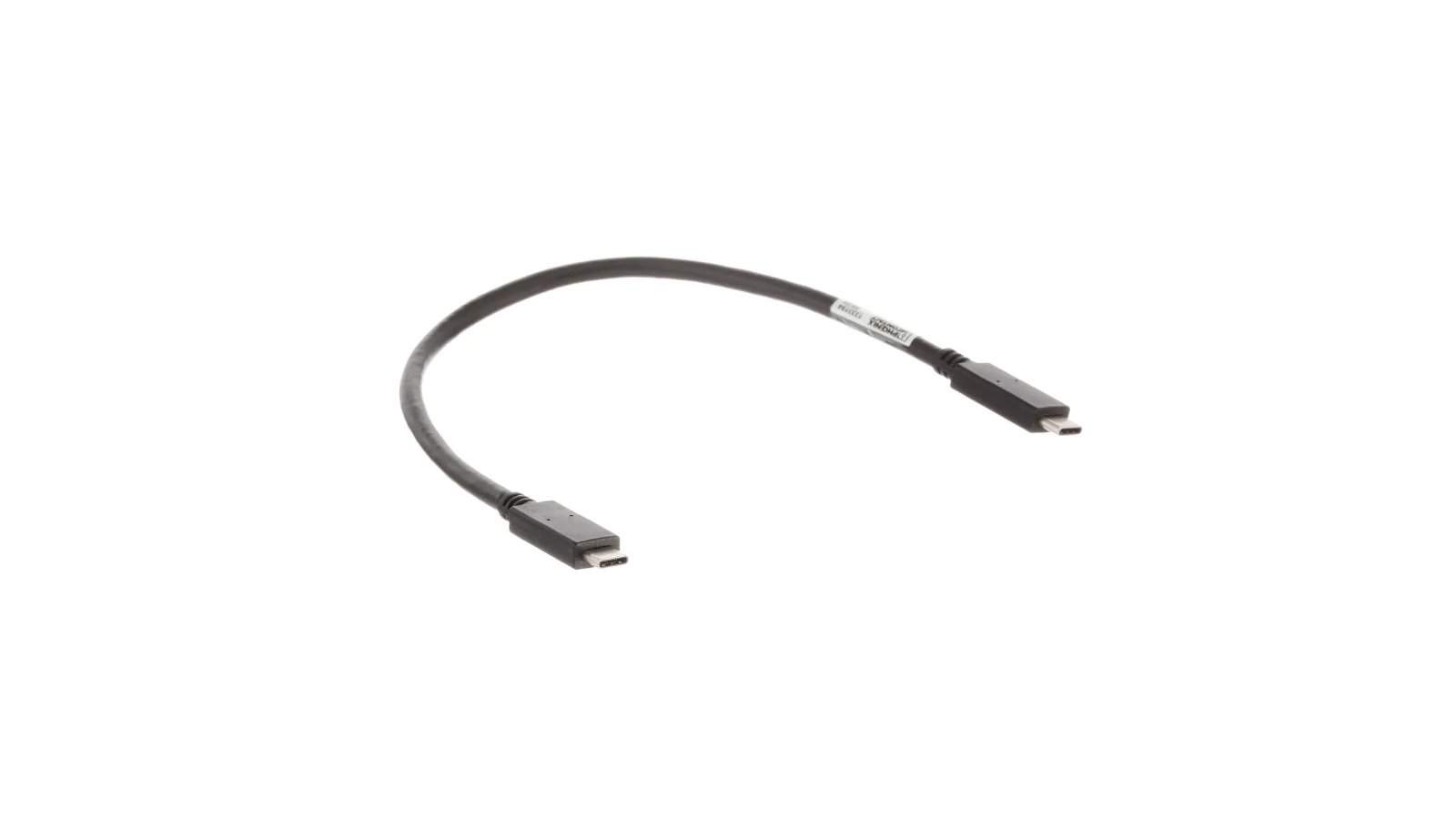
From the Crowd Supply Basics project.
A 0.3-Meter USB 3.2 Gen 1 Type-C to Type-C Cable, 10 Gbps, Connectors rated for >10,000 cycles
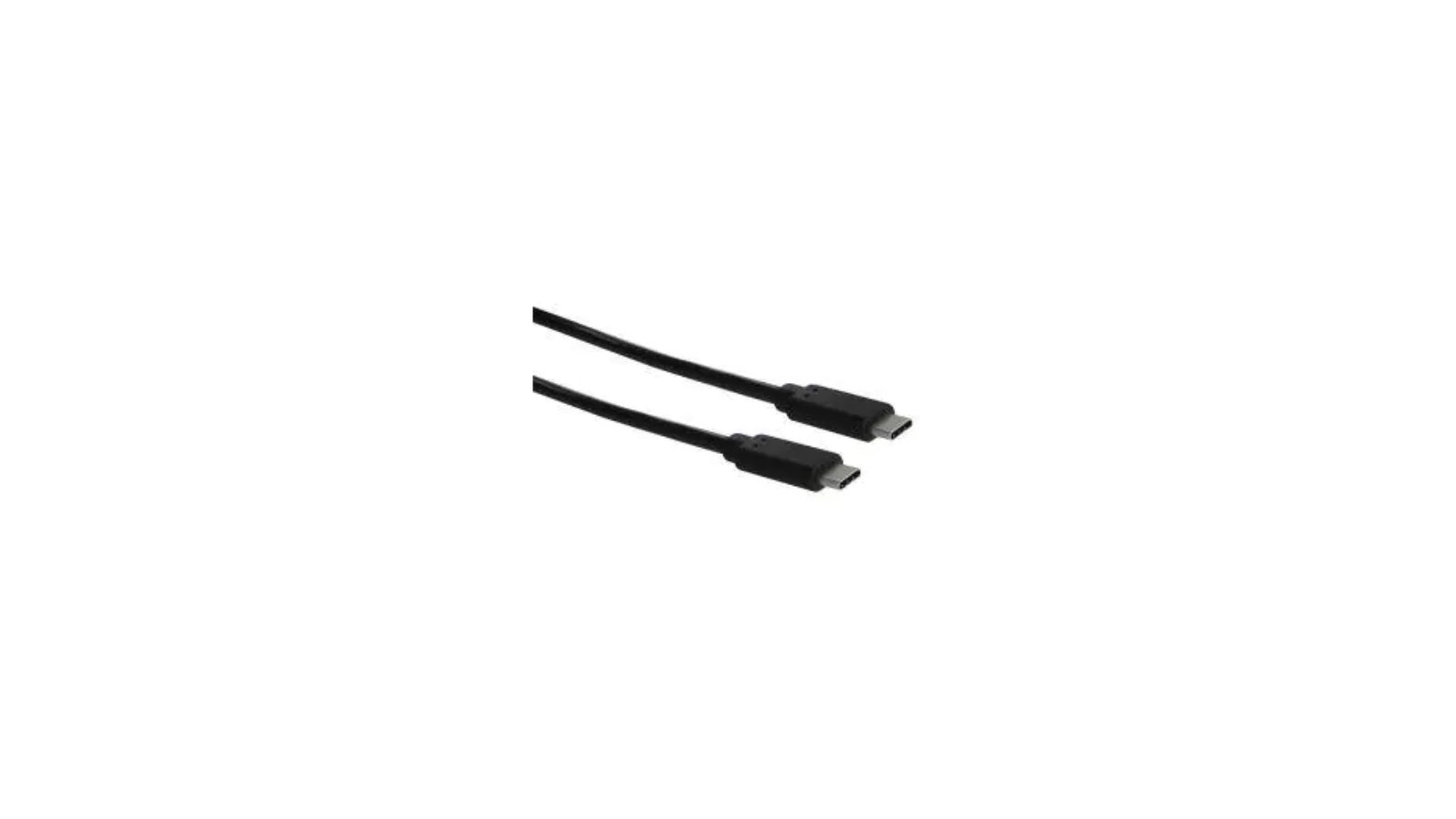
From the Crowd Supply Basics project.
A 1-Meter USB 3.1 Type-C to Type-C Cable, 10 Gbps

· hackergadgets · hackergadgets.com
HackerGadgets is an open electronic hardware design team based in Guangzhou, China. We focus on open source hardware, including consulting on embedded systems design and hardware manufacturing. HackerGadgets is passionate and actively committed to Open Source projects and electronics education.
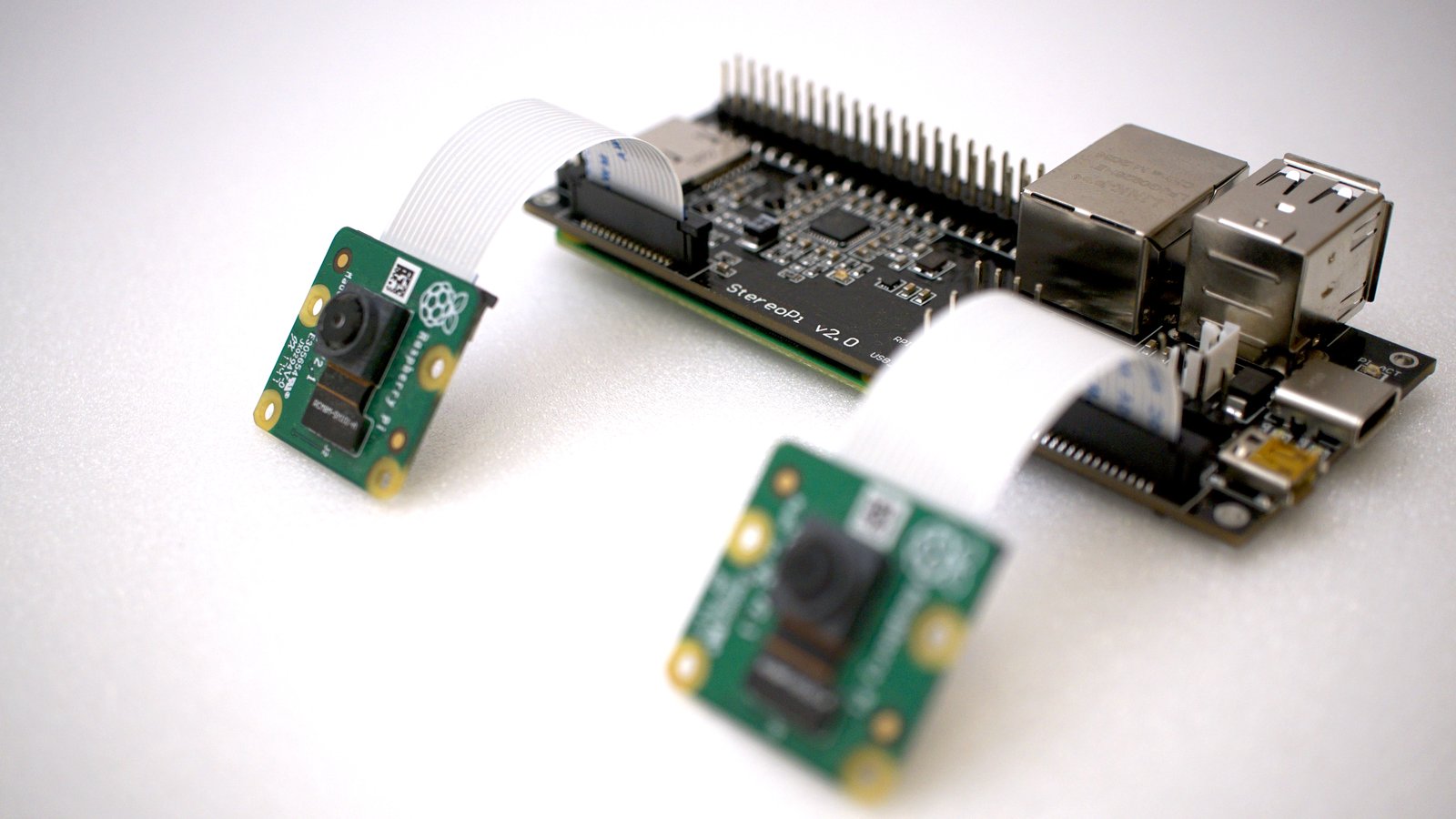
The open-source stereoscopic camera based on Raspberry Pi with Wi-Fi, Bluetooth, and an advanced powering system

Wireless, fully programmable, open source, ESP32 macropad featuring 16 RGB, mechanical, hot-swappable keys and two RGB rotary encoders
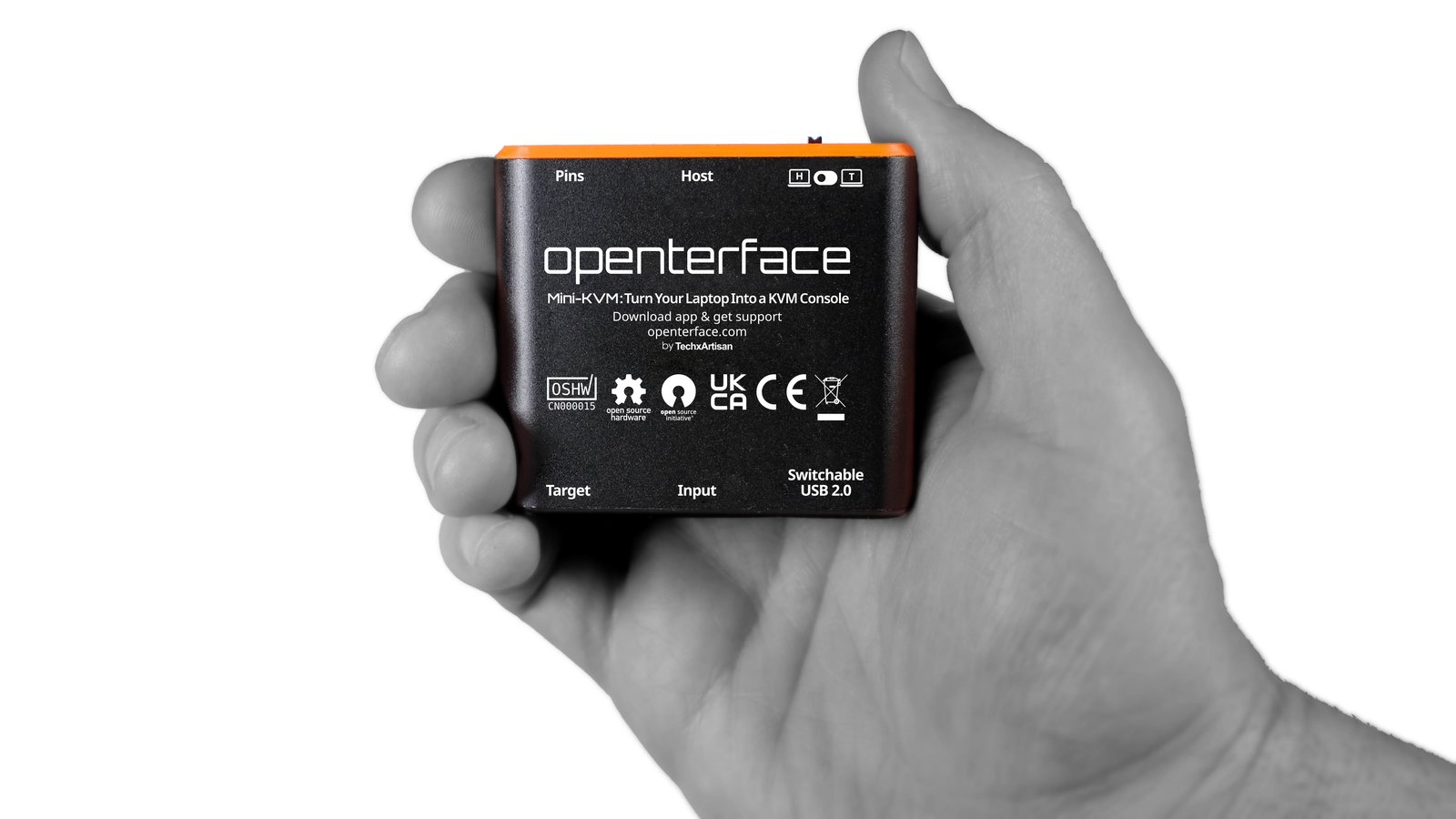
Your Laptop as a KVM Console